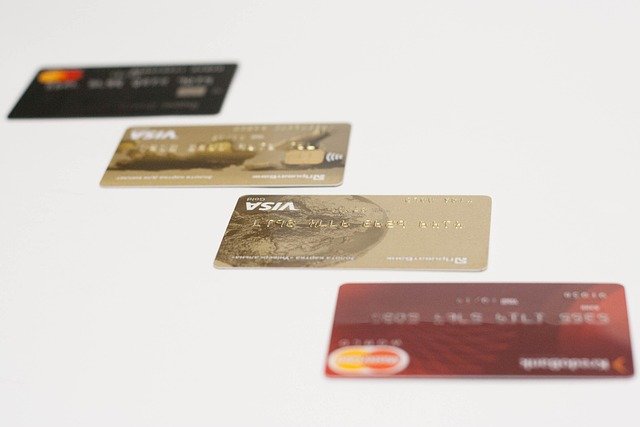Business Credit Cards for Company Finance and Cash Flow
Business credit cards are financial tools that let a company access revolving credit for operational needs, purchases, and short-term cash flow. Unlike personal cards, business cards often include features tailored to expense tracking, employee spending controls, and rewards for common business purchases. Used responsibly, they can help manage money timing gaps, separate personal and company obligations, and build a credit profile for future finance needs. This article explains the main considerations, types of cards, and practical steps companies can take to choose and manage business credit cards efficiently.

business: When to consider a credit card
A business card can be useful once recurring expenses, travel, or vendor payments begin to benefit from consolidated billing and short-term purchasing flexibility. Small businesses often start with a card to simplify bookkeeping, centralize monthly expenses, and keep a record of company spending for tax and reimbursement purposes. Before applying, check whether the card’s features match business patterns — for example, travel rewards for frequent trips or higher cash-back rates for office supplies — and ensure the company can meet payment schedules to avoid interest and fees.
finance: How cards affect company finances
A credit card influences a company’s finance picture through cash flow timing, borrowing costs, and credit utilization. Paying the balance in full each month minimizes interest expense and keeps overall cost of borrowing low. Carrying balances increases interest charges and can reduce available credit, affecting liquidity. Business cards may report to commercial credit bureaus, meaning on-time payments can improve company credit while late payments can harm it. Accounting-wise, using separate business cards makes reconciliation and expense categorization clearer, which helps financial planning and tax preparation.
credit card: Types and common features
Business credit card types include small-business cards, corporate cards for larger firms, and charge cards that require full payment each cycle. Common features to look for are expense management tools, employee card controls, spending limits, integration with accounting software, fraud protection, and rewards or cash-back on business categories. Interest rates, grace periods, and annual fees vary across products. Evaluate whether a card offers itemized statements and downloadable transaction data to simplify bookkeeping and support compliance with internal expense policies.
company: Managing cards and employee use
Establish clear company policies for card issuance, allowed purchase categories, and approval workflows before distributing employee cards. Use cardholder limits and receipt submission requirements to control spending and prevent misuse. Regularly review statements and reconcile transactions against expense reports to detect errors or unauthorized charges. Coordinate with accounting to integrate card feeds into bookkeeping systems and schedule periodic audits. Clear training on acceptable use and consequences for misuse helps maintain separation between personal and company expenses and protects the company’s financial integrity.
money: Fees, limits, and cash flow impact
Business cards affect company money through fees (annual, late payment, foreign transaction), interest on carried balances, and credit limits that determine purchasing capacity. Lower fees and promotional APRs can reduce cost but may come with limits or fewer benefits. Credit limits and utilization ratios can influence lending terms from other finance providers if the company seeks loans. Carefully monitor fee structures and payment due dates to avoid unexpected charges. Assess whether rewards or rebates offset any annual fees based on the company’s typical spending categories.
Conclusion
Business credit cards are practical tools for companies seeking flexible payment options, clearer expense tracking, and potential rewards aligned with regular purchases. Selecting a card involves matching features to company needs, understanding how a card affects overall finance and credit, and establishing internal controls for employee use. Consistent reconciliation, timely payments, and informed policy decisions help ensure that a business credit card supports operational efficiency without introducing avoidable financial risk.






